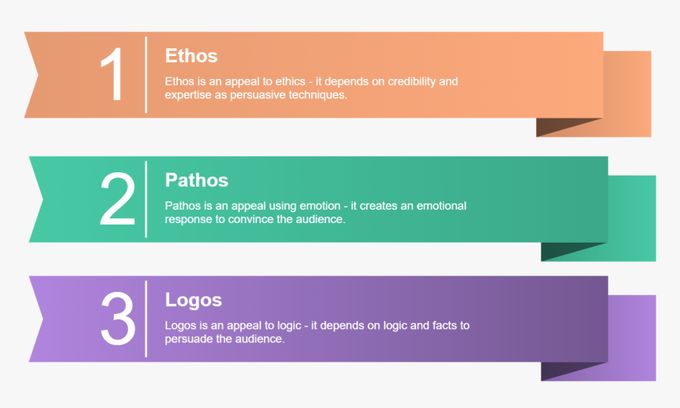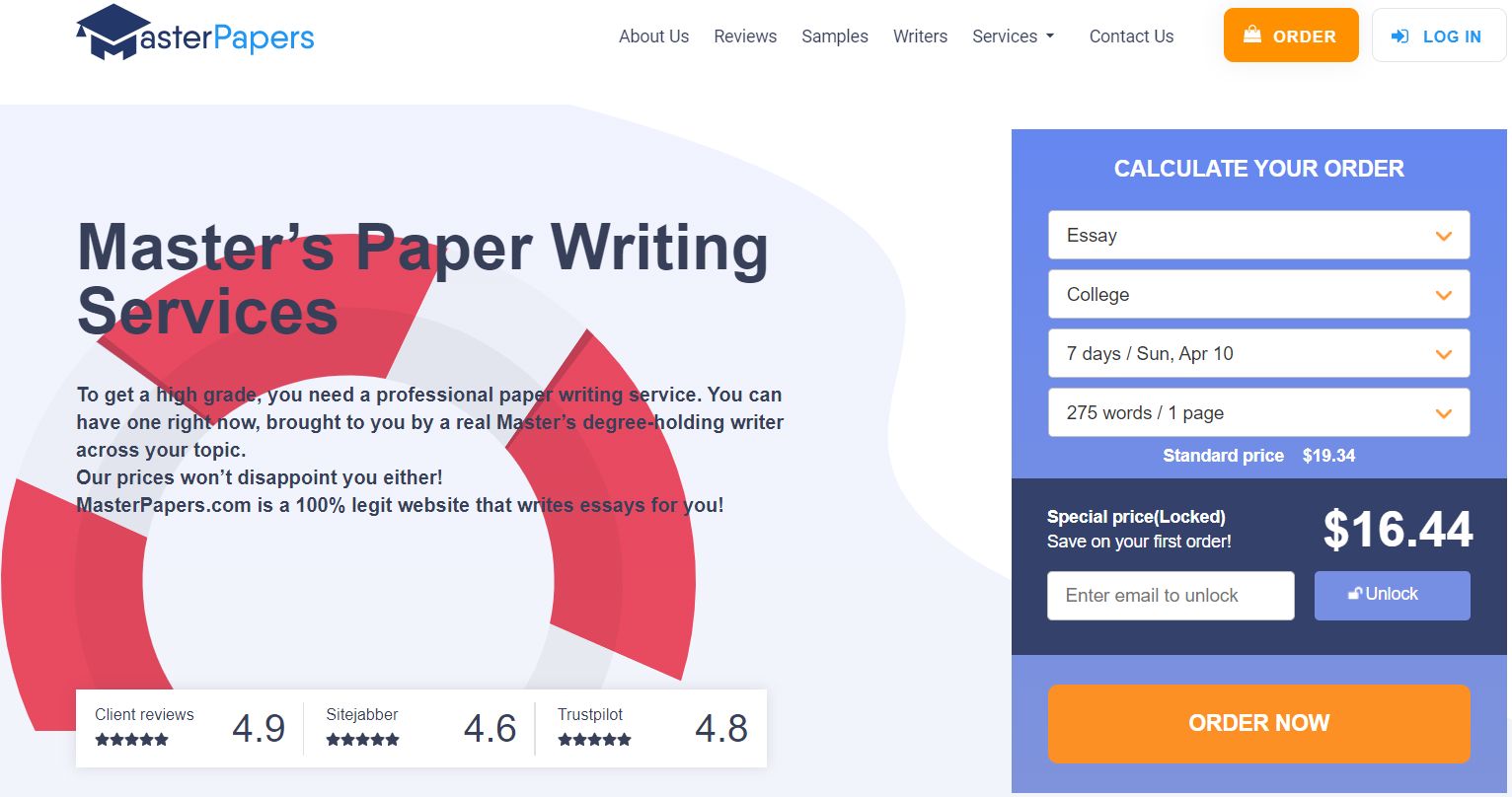How to Use Pathos in an Essay
Publication Date: 19 October 2022
The word “Pathos” commonly has a negative meaning. Let’s face it, since childhood we are told to avoid using pathos in our writing, for example, pathos in an essay. However, pathos is a useful literary device, which can do miracles to one’s text if applied correctly. What does it mean to write with pathos and how to use pathos in an essay in the right way – let’s quickly find out!

What is Pathos?
The term “pathos” is a Greek word and it literally means “suffering”, “passion”, “excitation”, in other words – the impact on the feelings of the audience. The human brain operates in such a way that it first reads emotions, and only then logical arguments. Therefore, pathos can help to instantly attract the attention of the readers – a teacher, a customer, a friend, etc. To know how to use pathos in an essay, you need to understand the following basics:
- what kind of emotions do you want to evoke;
- how these emotions are related to our text (e.g. an essay);
- what the reader should do in response.
We all know how to use a smartphone; though only a few know how this complicated device operates in detail. Similarly, most people know how to use argumentation in writing and how to influence other people by appealing to their emotions; however, they may not necessarily know how to use pathos in their favor.
Example of Pathos in an Essay
Now that we know what pathos is and that it is not always a bad feature, let’s provide an example of pathos in an essay to illustrate how you can use it in your own writing.
One of the best examples and a distinct representative of the pathos “family” is empathy. Empathy is a powerful mirror emotion that we evoke in others. It is often associated with compassion and is used to incline the audience to believe our arguments, to share the same feelings and emotions that we had (e.g. in a story), or even to buy an advertised product when it comes to marketing and sales.
It will be easier to illustrate pathos in an essay by attaching it to various topics (essay prompts). It works in the following way – we provide an essay topic and list associated emotions that an author can evoke in their readers.
Essay topic: Bullying in school
You may try to evoke the following emotions in your readers when writing an effective essay on this topic:
- Anger
- Fear
- Compassion
- Frustration
Essay topic: A funny episode from my last trip to Egypt
The following emotions from your readers should be your target if you want to use pathos effectively:
- Humor
- Nostalgia
- Excitement
- Amusement
Essay topic: Social work outside campus
An example of pathos in an essay will resort to the following emotions:
- Pride
- Fellowship
- Collaboration
- Sympathy
The Golden Rule
As with many powerful writing tools, one has to use pathos with caution. The golden rule or the rule of thumb here, if you want to know how to use pathos in an essay, is to show moderation. It means that too much pathos can be detrimental to your writing and instead of helping you to influence the audience it can deter and scare it away. By the way, this is the root cause of the negativity towards pathos among the general public. Those who don’t know how to use pathos effectively would discourage others from using it wherever possible.

So, if you use pathos words and expressions in the introductory part of your essay, be highly cautious not to use too many of those words later in the main body. A good pathos is like good humor – it is only effective in small doses and in the right place and time, otherwise, it would cause an opposite effect.
Tips for Using Pathos in an Essay
Assuming you are desperate to know how to use pathos in an essay the right way, we have prepared a few useful tips for you.
- Appeal to emotions as soon as you can. If the topic of your essay allows, you can use pathos right from the very beginning, or from the first sentences. Experts believe that emotions have a much stronger impact on human choices than rational arguments. For example, start with the following question: “Have you ever felt sorry for the weakest guys at school who were constantly bullied by their stronger counterparts?”
- Fine-tune to the needed emotions. For using pathos effectively, you need to perfectly understand what kind of emotions you want to evoke in your reader. Your arguments will differ drastically if that is compassion that you want to see in your audience, fear, or laughter.
- The audience wants to be entertained. These days, people are spoiled with entertainment and they don’t want to be taught or instructed what to do. A good example of pathos in an essay would be humor, excitement, pride, happiness, and engagement. At the same time, it is much harder to make the reader feel fear, shame, sorry, compassion, etc.
- Versatility vs. one-sidedness. If you want to know how to use pathos in an essay effectively, you should resort to versatility vs. one-sidedness. That means using sarcasm as an addition to humor, or shame in combination with compassion.
Pathos in an Essay Frequently Asked Questions
Can I use quotations as means of pathos in an essay?
Sure, quotations are one of the strongest means of pathos in an essay. When you quote someone famous, you automatically appeal to a wider audience who apparently knows that celebrity.
Is “Ethos” an element of “Pathos”?
No, these are two different linguistic means. Ethos is used to establish your credibility as an author. In other words, the reader must recognize you as a trustworthy and knowledgeable writer. One can use both ethos and pathos in combination to better influence the reader.
What is a good example of pathos in an essay?
The perfect example of pathos in an essay is an entertaining story. There is nothing more convincing and influential than a masterfully crafted story that appeals to the readers’ emotions.
How can I be sure that my pathos will evoke the desired emotion in the readers?
There is no 100% guarantee that your readers will feel what you want them to feel. If you want to know how to use pathos in an essay effectively, a simple workaround is to give your essay draft to be read by someone – a friend, a family member, or a peer student. Once several independent people confirm the effectiveness of your pathos, you can proceed to include it in your final paper.






